Ready to start decorating your home but don’t know where to start? We admit, interior decor for home can be an overwhelming process as you try making sense of all the different styles and options available.
If you don’t have a strategy figured out, start by looking at photos of living rooms and how other people designed their spaces. Those pictures will give you clues about the décor road to help you make crucial decisions on paint colors, furniture, floor covering, and window coverings.
We’ve prepared the following tips to help you get started.
Using Artwork to Tie in the Design Together
It can be argued that interior design for home isn’t complete without the right artwork piece. Artwork doesn’t just add a color palette and bold elements into a room, it also lets you tell a story through patterns.
Some interior designers often use painting (or any wall hanging) that they absolutely love to use as inspiration for their room’s color scheme.
You don’t need an expensive or ‘vintage’ piece of artwork to work. What constitutes as artwork is pretty much up for debate since everyone has their own preferences for it. In other words, the artwork you choose will be an extension of your style.
The best thing is to follow your own instincts – or simply hop on over to Etsy and browse through wall art.
Choosing the Right Furniture
Before choosing furniture pieces for each individual room, you should choose a design and see if it works across all rooms for a more cohesive design. This will make it easier to choose furniture pieces that complement each other and a central theme makes it easier to achieve uniformity.
There are a variety of styles that you can select. For instance, a casual style will include pieces of furniture that give off a naturalistic and cozy atmosphere with simple pieces incorporated.
On the other hand, a contemporary piece will include pieces of furniture that are more angular and metallic.
Pro tip: Pay attention to the textiles because certain textures have a longer shelf life than others. For example, furniture made out of olefin and nylon last longer than furniture made out of wool, cotton, and linen. Durability of your furniture should be priority number one given how expensive it can be.
Placement of Area Rugs (for Living Rooms)
With so many art styles to choose from, area rugs seem to have a personality of their own.
They can soften and warm up a cold, sterile room pretty much instantly and have the power to inject color anywhere. Area rugs aren’t just used to protect your floors – they work just as well on carpeted rooms too.
When choosing area rugs, go for larger rugs because they’ll make your room appear more spacious and streamlined. For best results, place the area rug at the very center of your living room (preferably under your table) and place the front legs of your sofa on the rug.
This essentially allows the area rug to blend in with the furniture. This allows for more pleasing aesthetics.
Pro tip: If you have children and pets running around, a wool rug may be better than satin fibers.
Making the Most of Lighting
Choosing lighting for interior design is a bit complex and is based more on room shape and size. Features like the use of windows and cabinets also dictate what’s best for each room in terms of lighting fixtures.
Rather than going for a one-size-fits-all solution, you should judge light fixtures based on the merits and demerits of each room.
Here are a few tips to help you design the perfect home lighting system:
- Task lighting works best in kitchens because it lets you turn the lights on directly without having to light up the whole room.
- Use under-the-counter lights in bathrooms and the kitchen to subtly illuminate your pathway around the house (they don’t take up much energy).
- If you really want lighting to add warmth to your room, you’ll need to create layers of lighting. Use overhead lighting to serve as a foundation of light. Then toss in task lighting, and so on.
For best results, turning off the lights in any room should follow a process. If you move from one light fixture to another and can gradually create darkness in different areas of the room, then your light fixtures are layered correctly.
Leverage the Wicker Trend
Rattan was a massive hit back in the 70s and 80s, and is making a comeback. In case you’re sleeping on the wicker trend, rest assured, you still have a lot of time to still try it out – in fact, it might stay here for the long haul.
Wicker is an extremely versatile material known for its ability to lend its organic beauty no matter where you decide to put install them – whether it’s indoors or outdoors. Plus it doesn’t break the bank either. So it’s a win-win situation for interior designers.
Here are a few tips for using rattans and wickers.
- Make a statement piece with rattan pendants.
- Use them as storage solutions with the help of woven baskets.
- Or make a large statement piece with a headboard fashioned out of rattan.
Choose Your Seating Generously
We know that the ‘less is more’ concept has been trending for a while now, however, it doesn’t work when you’ve got guests coming in.
Interior design for home in living rooms should have provisions in place for entertaining guests. So you will need chairs and sofas that people can pull up to encourage a flowing conversation.
Here is a guide for living and dining rooms to help you choose sofas that are crowd-pleasers.
Before selecting a statement piece, do consider the logistics of your space. For instance, does the ginormous oversized ottoman you saw at the store even fit through the door? Also, think about how much space your room has, and keep that top of mind when deciding the layout of your furniture.
So if you have a tiny apartment where space will be an issue, perhaps a petite sofa or an upholstered bench will work best.
Pro tip: If you’re on limited space (and/or budget), make sure you have lots of chic dining chairs that can be dragged into the living area from other rooms.
You’ll also have to determine a style that goes well with interior design for your room. You may be easily drawn to any one style, but that can be a recipe for disaster. For best results, you should go through multiple styles and narrow down which ones work best for your mood.
Some examples of chair design styles are:
- Eclectic
- Modern
- Traditional
- Rustic deco
- Funky furniture
Utilizing Different Textures
Textures play an overarching role in interior design for home. Proper texture placement requires a great deal more than an area rug here and a throw pillow there. The goal of texturing is to blend the smooth areas of the room with the rougher parts of it to create a cohesive visual texture.
The definition of what constitutes texture is a bit all over the place, but for our intents and purposes, it can be summed down into any object that influences how we perceive things.
Texture doesn’t have to be physically felt (as in the case of a nubby area rug), lighting, for example, isn’t physically texture itself, but it plays a huge role in texturing a home.
This brings us to an important concept that works best with textures: layering.
The result of layering textures is both immersive and mesmerizing. Layering is key to interior design for home that’s both rich and full of meaning. Try blending multiple types of textures so that you’re not just relying on furniture upholsters or your area rug.
Texture can come from all sorts of places: book spines on a side table, artwork that can make you feel inspired, and throw pillows to add a cute touch to your space.
Every spot in your room can spark a multilayered conversation, just like the layered textures themselves.
Interesting textures aren’t just crowd-pleasers; they also provide a good deal of balance too. If your room’s color palette has similar shading, you can spruce things up by changing up the textures of the fabrics.
Even if your room has different shades, you can keep things interesting by using contrasting fabrics. Start with obvious areas such as armchairs and ottomans, and make your way up to lampshades, blinds, and curtains.
Textures can also be used to represent how seasons change. For example, a cotton sofa might go from having silk faux fur in winter to silk cushions in summer.
Interior Design for Home: Don’t Ignore Hallways
Your hallways provide you with a great opportunity to make a statement about your style. It doesn’t have to be too grand – because any statement piece is better than none at all. Use patterned wallpapers to add personality and color, and perhaps hang a painting or a beautiful mirror.
Mirrors work really well because they reflect light and create an illusion of more space. Or better yet, use a simple table to place mail, keys, and other small items for accessibility.
Why not turn your hallway into a library of sorts? Installing bookshelf units in your walls will instantly make your entire hallway the main focal point. If you’re working with limited space, try using multipurpose shelves that are just a few feet tall.
Fill the shelves with your favorite books, or just show off your artwork, décor, heirlooms, and family photos.
Pro tip: Use a runner rug (about 3 feet wide). They are really tall, making them perfect for hallways. Rugs are handy for floors that are otherwise slippery in homes with small children who like running around. Runners are arguably the simplest way to add a pop of color and design to an otherwise dull hallway.
The Role of Plants in Interior Design for Home
There are various reasons to add plant life in any room beyond just interior design for home – including their positive effects on your health. Other than their aesthetic charm, plants (and not just faux plants) actually contribute to air quality and reduce toxins in the air.
Moreover, plants also have varied aromatherapy benefits, can energize the mind, encourage a more healthful sleep, and even lower blood pressure.
Many scientific studies prove that adding just a bit of green into your home can lower stress levels in patients.
In the context of interior design for home, plants work really well because they come in a range of colors and textures.
The best part about plants is their sheer scale. They can be small enough to give personality to a tiny desk or a small open shelving, or they can be big enough to command the viewer’s attention.
If your room has a lot of empty space, adding just a bit of green can feel like the right solution. So the next time you notice a barren corner, why not fill it up with a floor plant instead of more furniture?
That floor plant could be the missing ingredient you needed to complete the room while also instilling a sense of freshness.
Just make sure that the sense of size and scale of the plant makes sense in your room. A floor plant that goes all the way up the ceiling while the furniture is too low may feel like it’s consuming the space, so consider shorter 6-foot plants for interior design.
Pro tip: Green isn’t the only color for plants. You can just as easily choose blooming plants because they bring warmth and color to any room. Moreover, booming plants, like orchids, have aromatherapy benefits that work really well for your mood.
Wrapping Up
Interior design for home requires just a little bit of careful planning and a whole lot of inspiration. Make sure to choose statement pieces that work best for you and don’t feel pressured into buying something just because it is trending.
Remember, trends come and go – but the statement pieces you choose might stay with you for a long time to come.
Did you find this article helpful? Follow Ultimate Home Ideas to learn more about interior décor and stay on top of the latest trends!

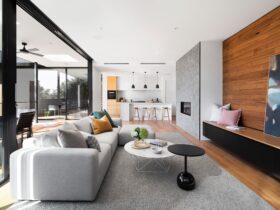
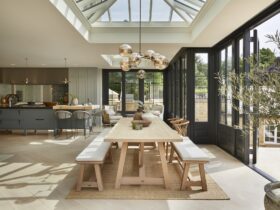
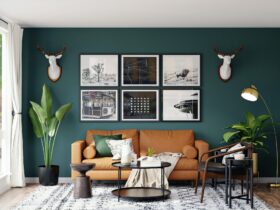
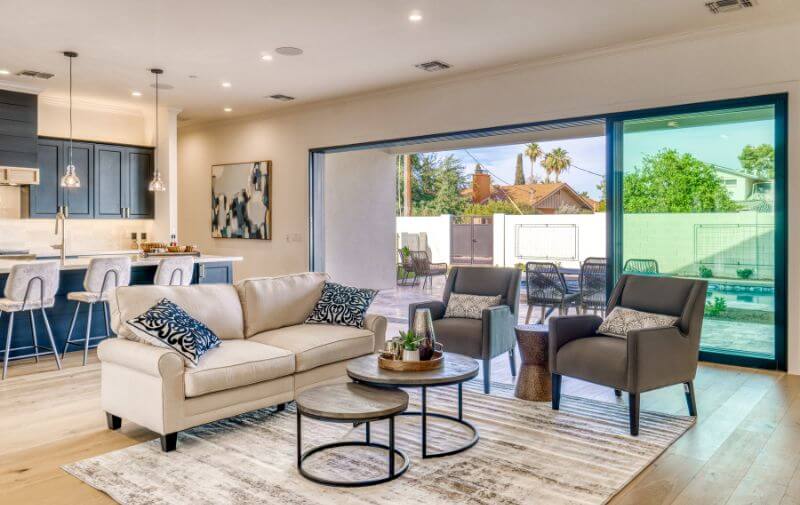
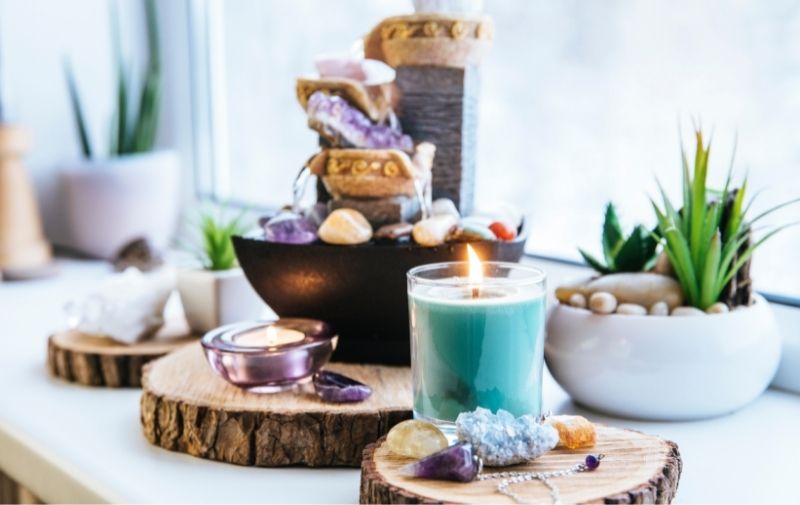
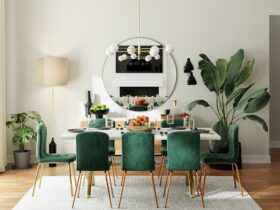
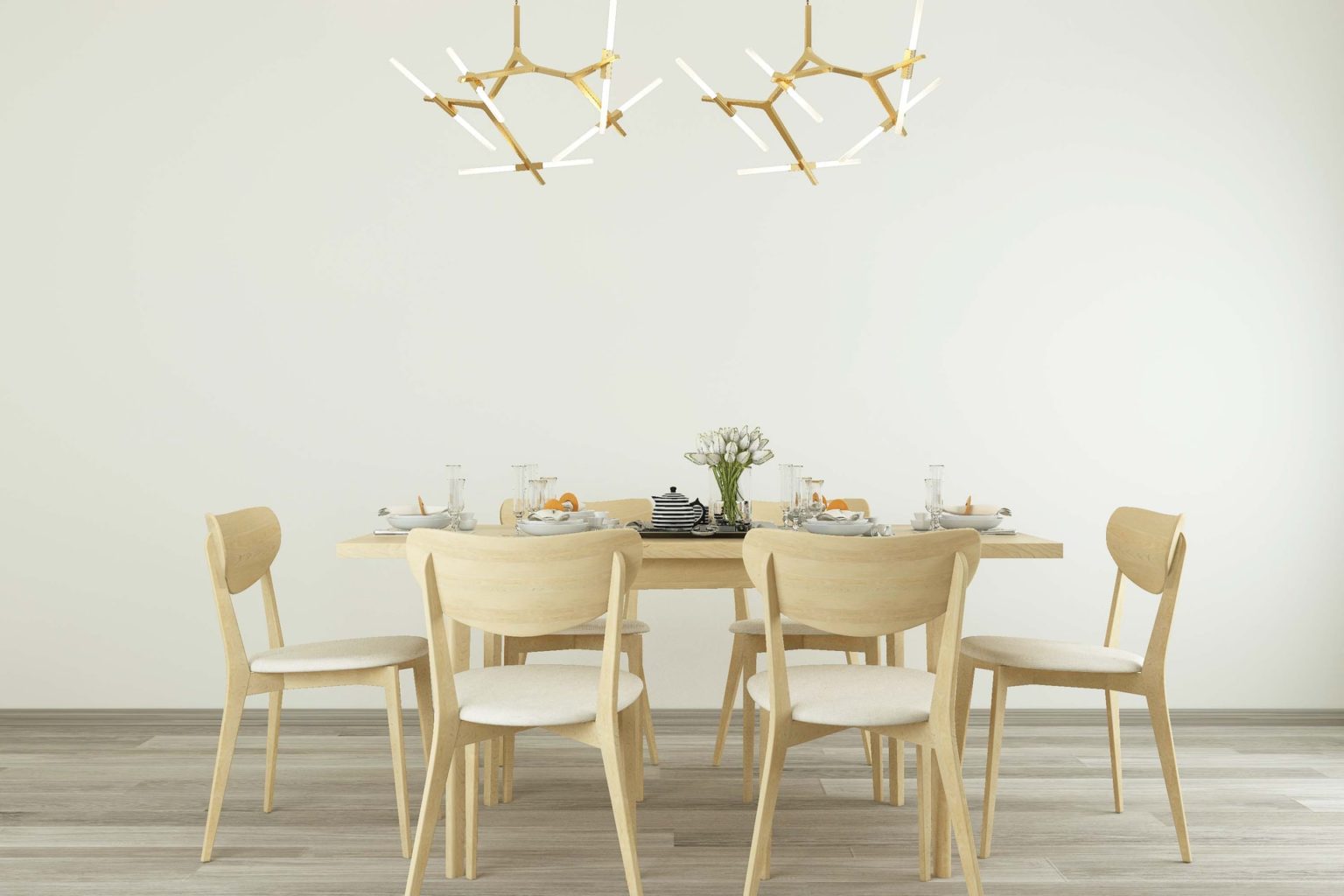
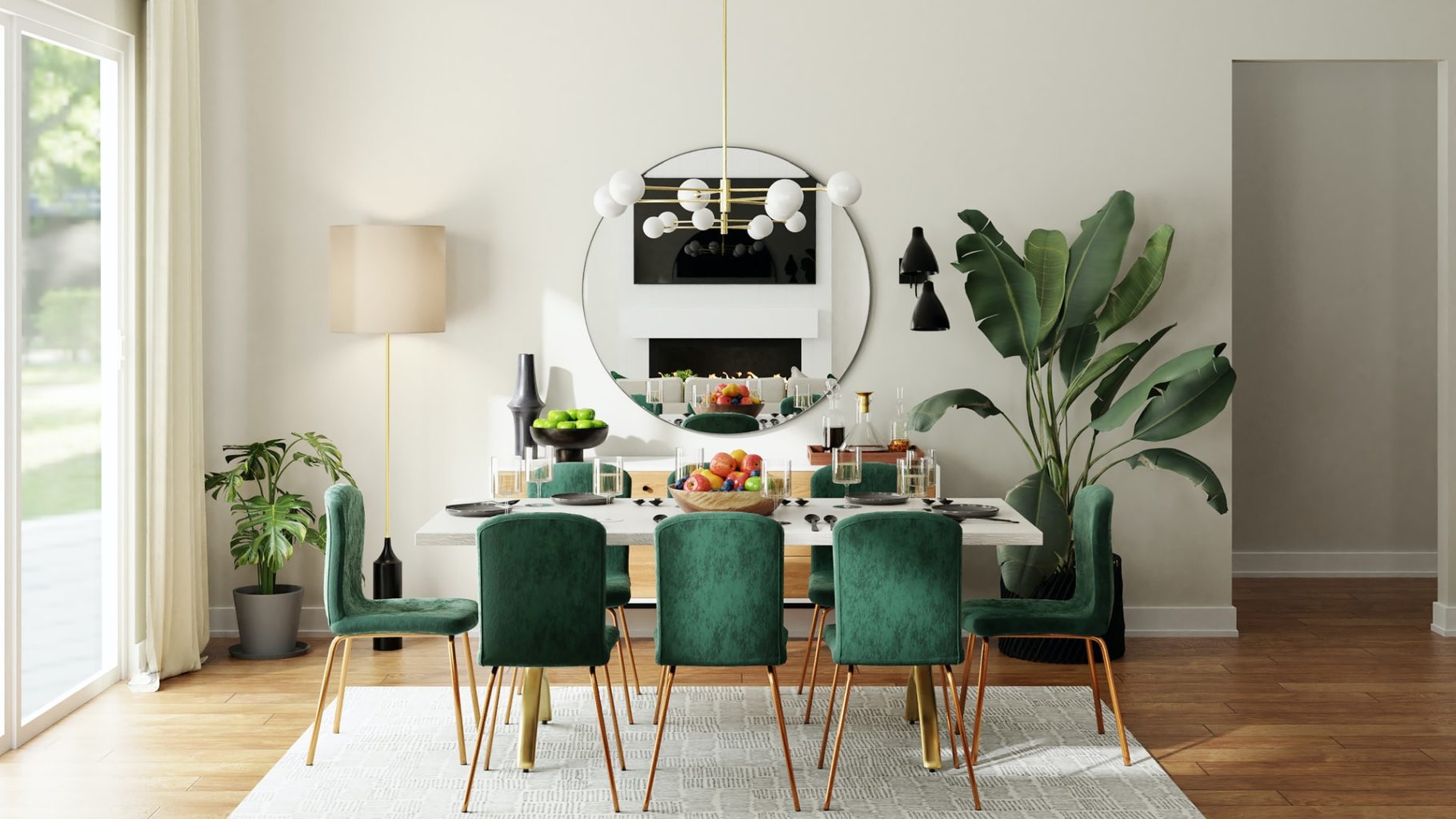
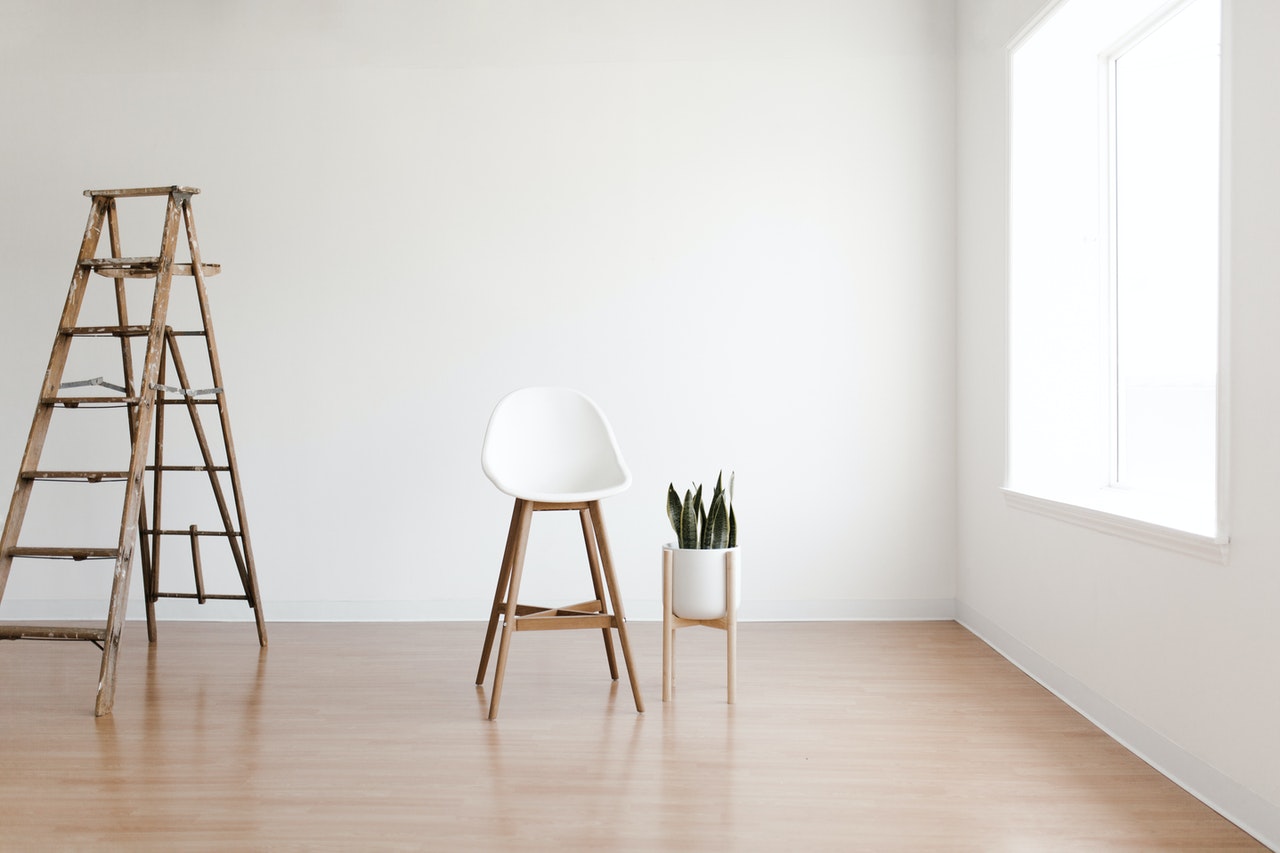
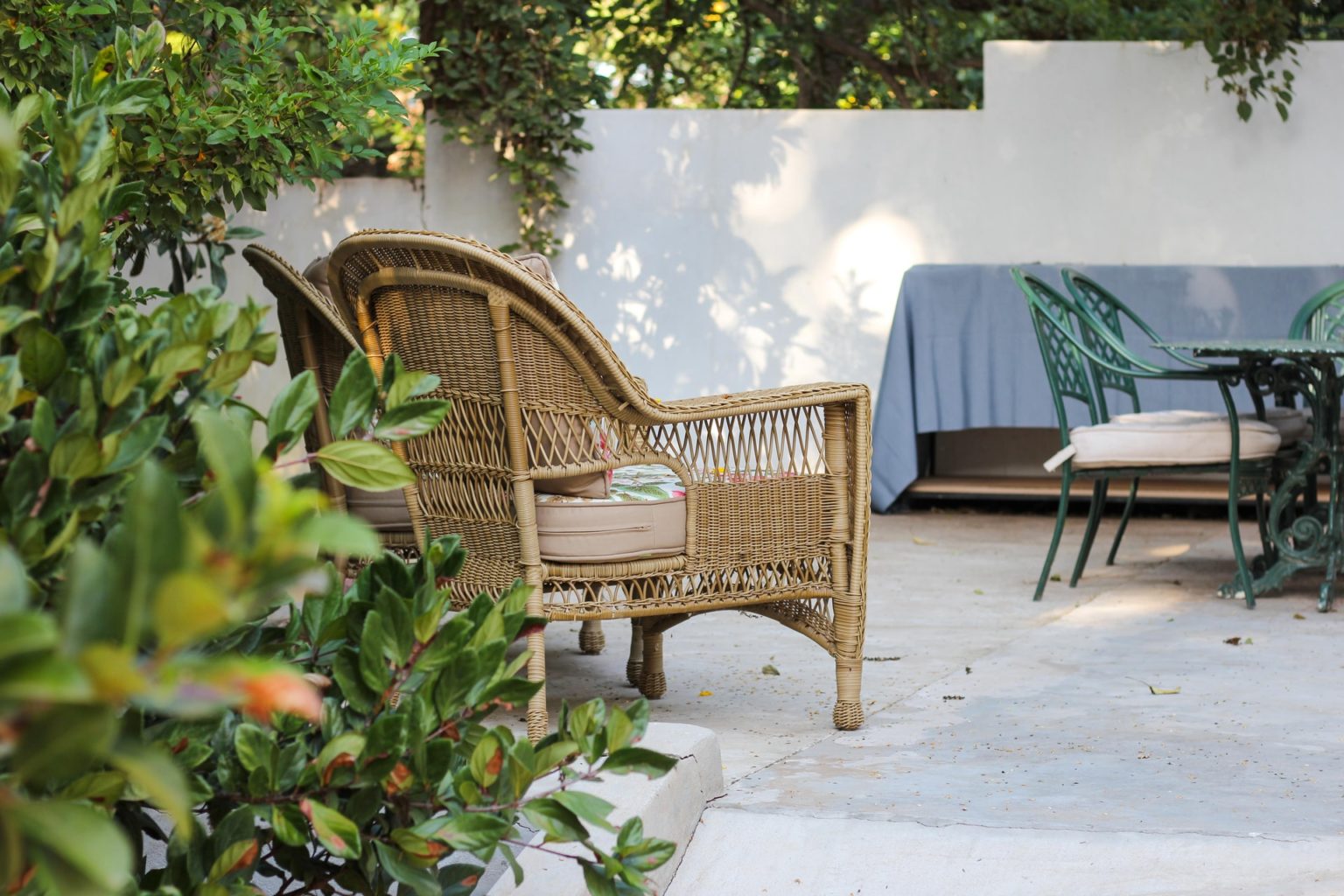

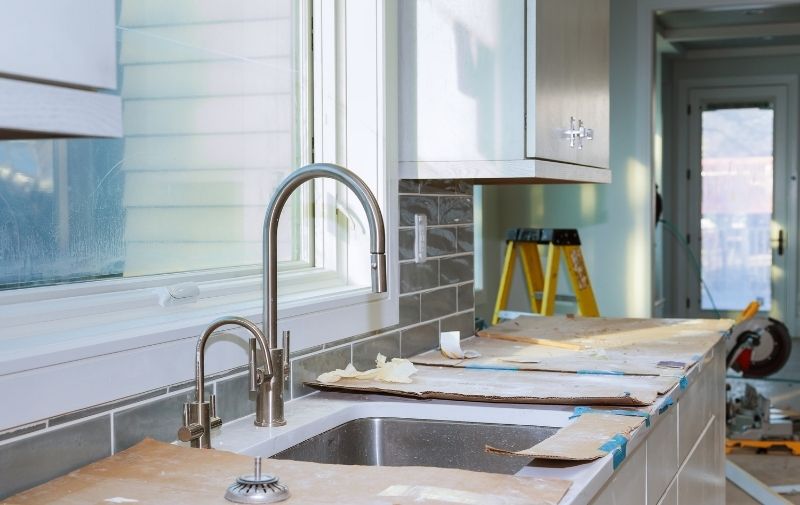

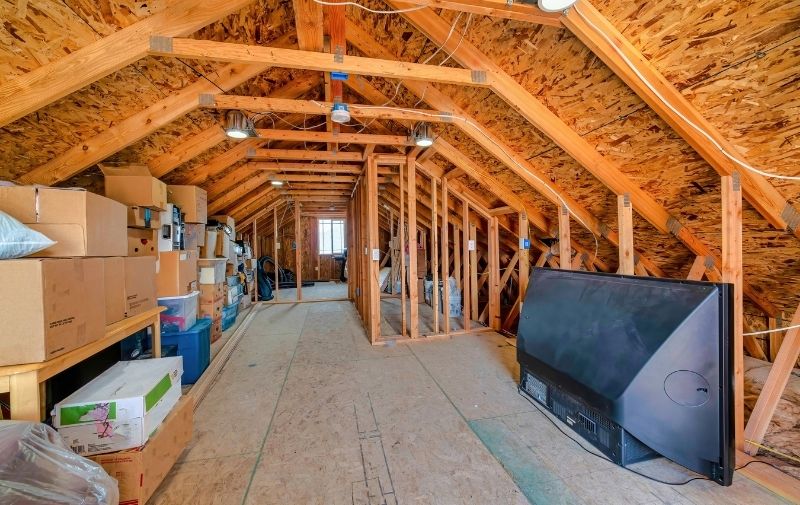


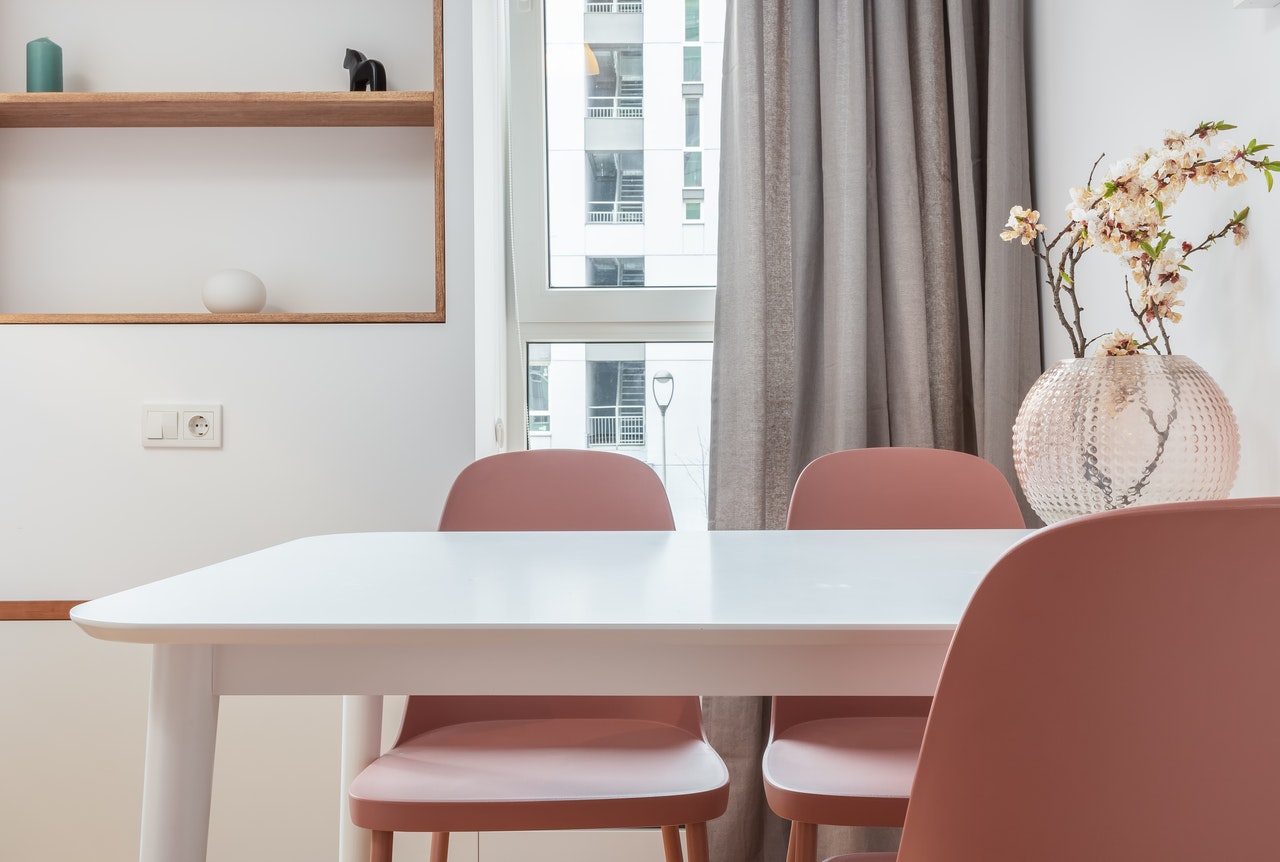









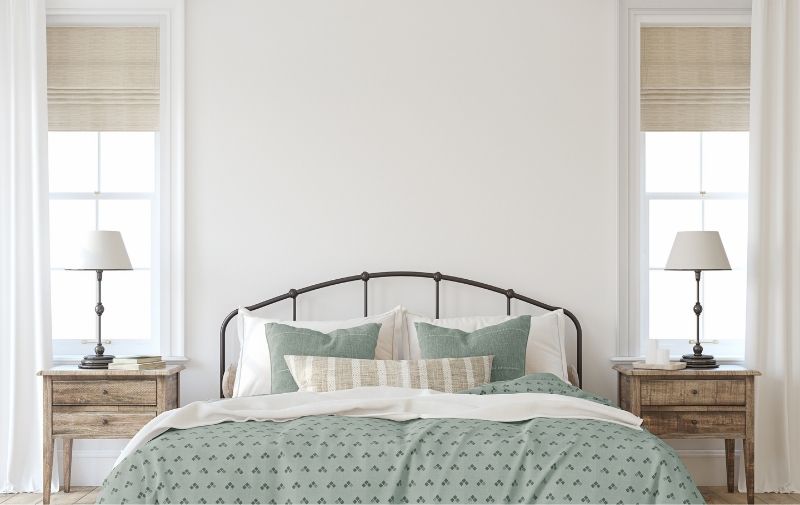
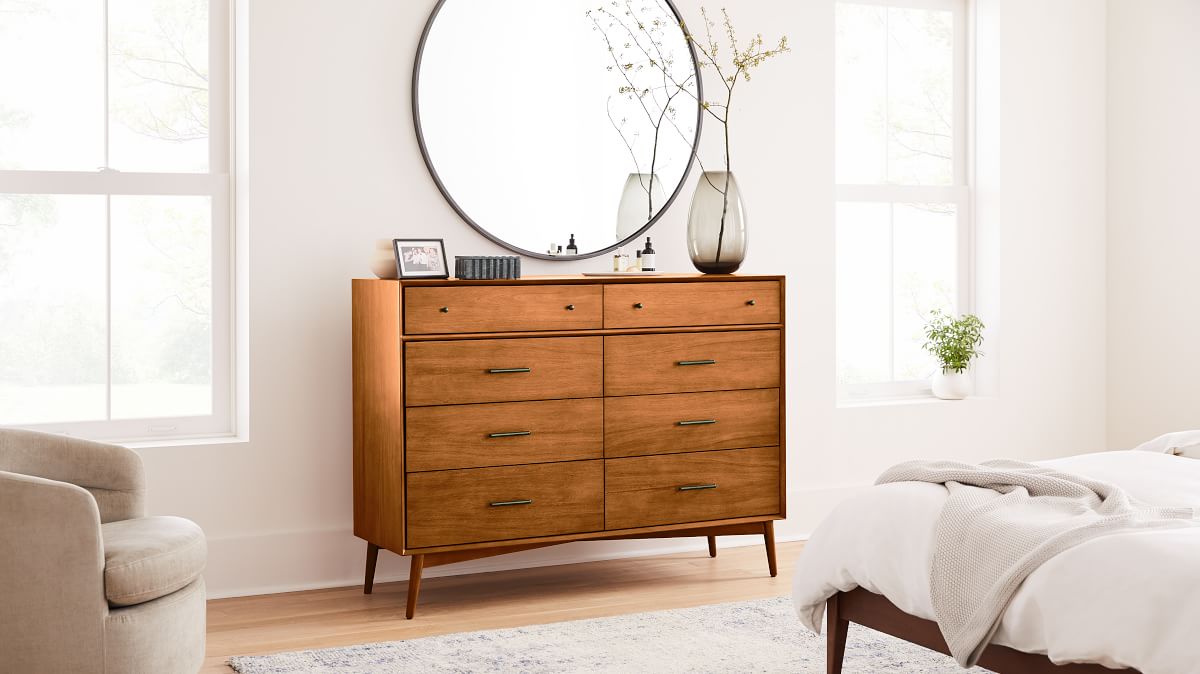
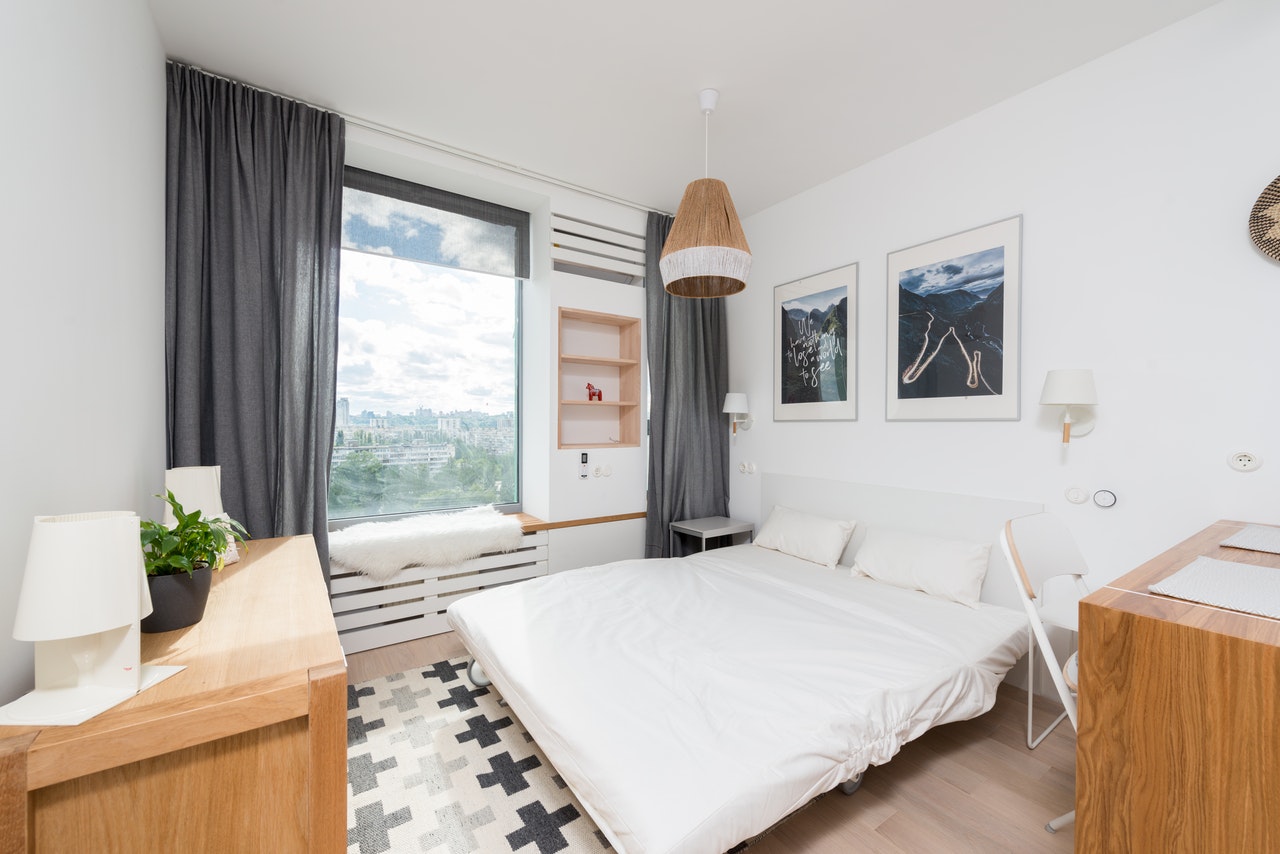
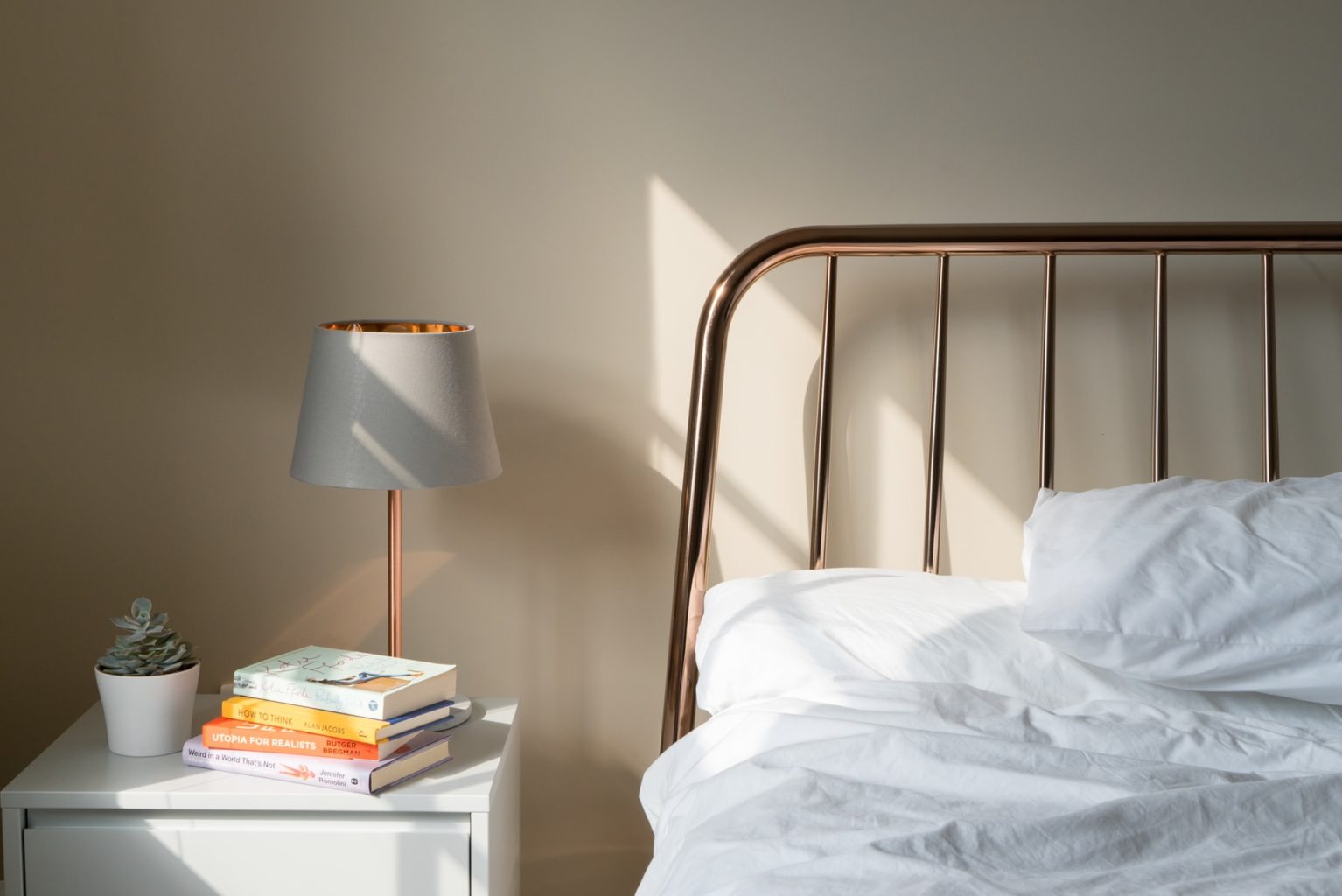
Leave a Reply